City Topics
PARKS IN DüSSELDORF

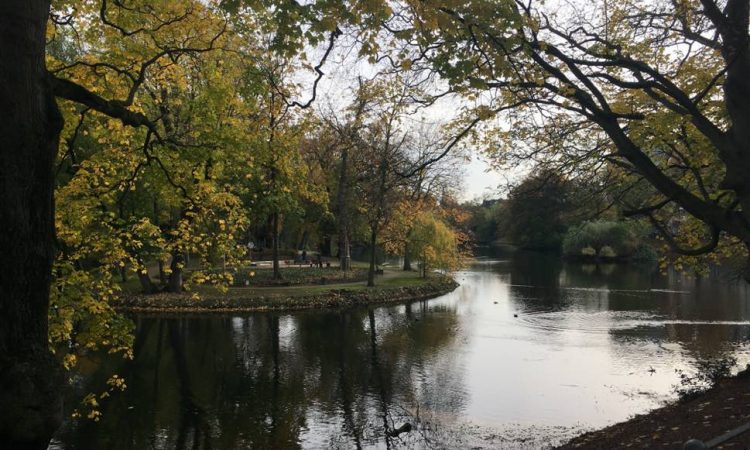
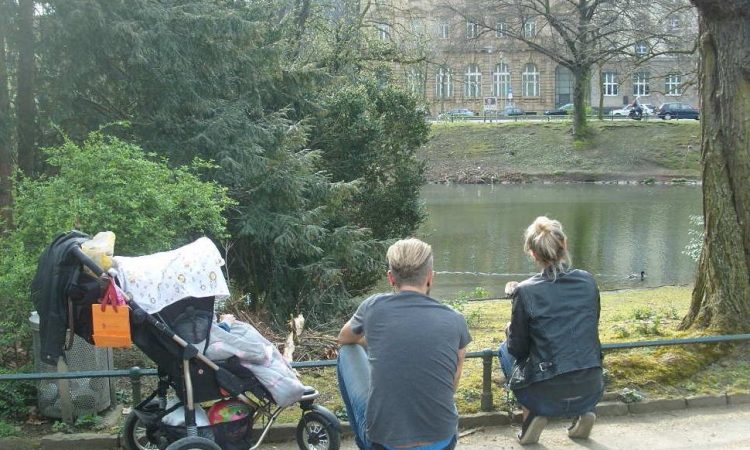
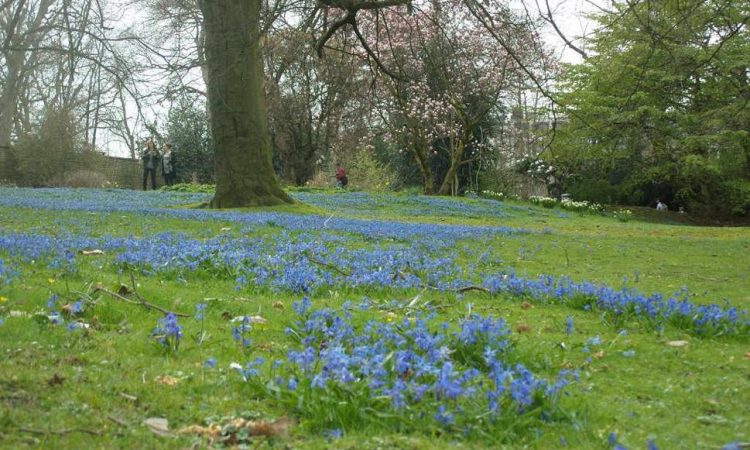
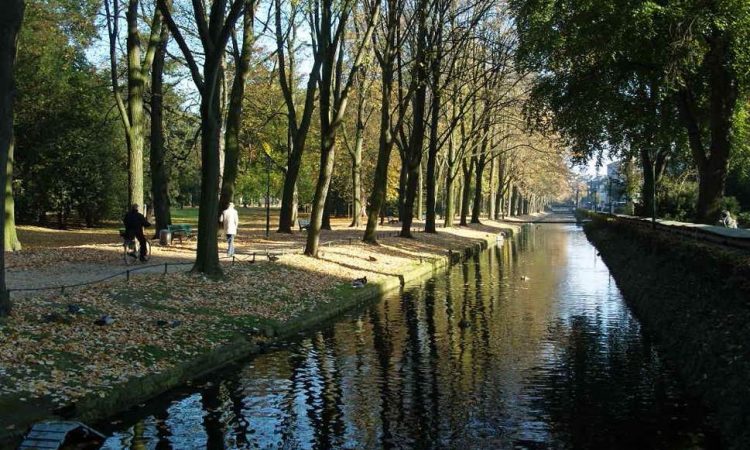
Düsseldorf became known as the garden city in the eighteenth century when Johann Wilhelm II, Elector of Palatinate, chose the city as his royal capital. Today, residents can enjoy several beautiful parks, splendid gardens and expansive woodlands.
Hofgarten
The central park is known as the Hofgarten, originally laid out in 1769 as a royal pleasure garden for the Jägerhof stately home. Reaching between the river to the opera house, the Goethe Museum and the theatre, it is now possible to walk across the Düssel, which gave the original village its name, to the Königsallee. The strict classical style of the French and park style of the English combine with free open spaces, accentuating the natural flavour of the scenery.
Nordpark
Another very artful park lies in Stockum. The Nordpark fascinates with its long water fountains and skillfully laid paths and flowerbeds. This large park is nestled between the Rhine and the north cemetery, Nordfriedhof. The Japanese garden is a most beautiful part, an homage to the large number of residents from Nippon living in Düsseldorf. Showing nature in the typical idealised way, the garden serves as a place of meditation.
Südpark & Botanischer Garten
The south park, Südpark, is both the largest and the most visited natural area and includes the people’s garden, Volksgarten, created in the late nineteenth century. Spacious and simple in structure, the concept was to enable local residents to be close to nature. The nearby botanical garden is situated next to the Heinrich Heine University. Serving as a scientific connection to the university for research and apprenticeship it is also is opened to the public. There is a dome for tropical plants, orangery and a fascinating digital apothecary garden.
Schloss Benrath
This highlight also reaches back to the eighteenth century. Surrounding the historical stately home in Benrath to the south are some of the most beautiful gardens and natural zones in Düsseldorf. The style of horticulture and the beauty of the trees create delightful spaces to enjoy.
Stadtwald
Lovers of the wild can find large areas of woodlands and natural vegetation in the Düsseldorfer city woods, Stadtwald. The parklands are found in three locations from the north and east to the south of the state capital. Some spots are rather dense, while many tall majestic trees are up to 250 years old.
More parks can be found in Eller, Heltorf and Mickeln. The Zoopark is in the district Düsseltal. The west bank of the Rhine to the north of the city centre is also a delightful green space, especially when the crocuses create a sea of blue colour during springtime.
By Philipp Schiwek, Jul 16 2013
Landeshauptstadt Düsseldorf
Garten-, Friedhofs- und Forstamt Düsseldorf
Kaiserswerther Strasse 390
40474 Düsseldorf
+49 211 899 4800
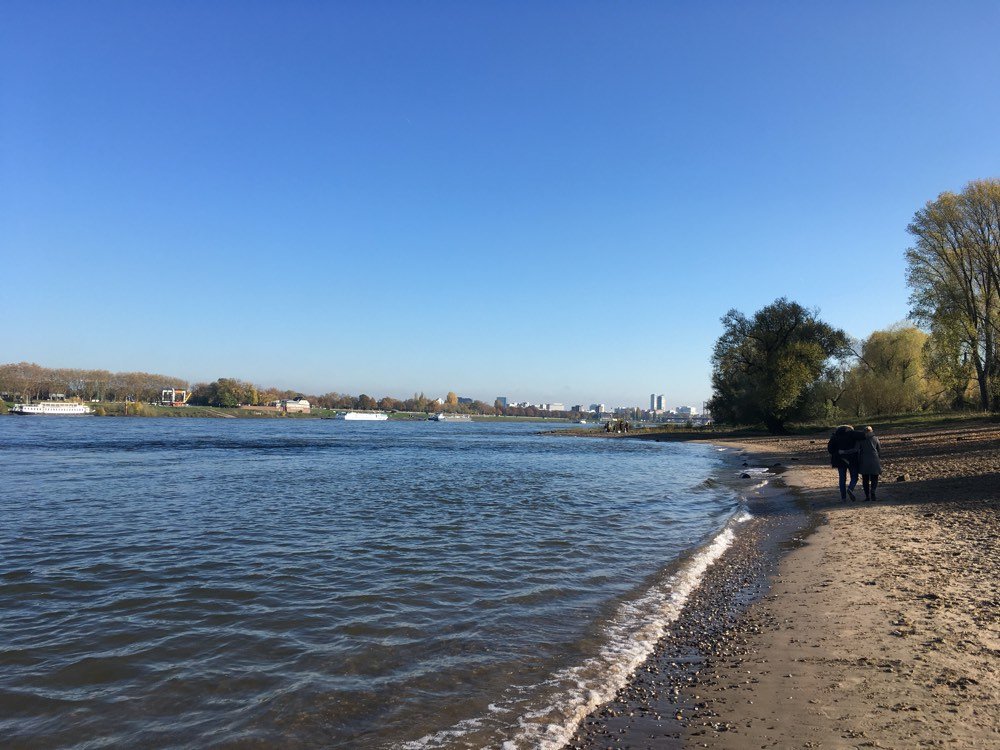
WALKING IN DÜSSELDORF
A great way to get to know Düsseldorf is to take an inspiring and rewarding walk, allow impressions to cause a pause, interact and allow details to remain more memorable. Admiring quaint side streets, strolling the promenade, the riverside or numerous woodlands bring joy to the soul.

PUBLIC TRANSPORT
The public transport system in the city is safe and normally efficient. A dense network of trams above and below ground as well as buses serve the city and its suburbs. Links via the S-Bahn train system reach further outlying areas and neighbouring communities.
Society & Folk
Society and folk in Germany is often hotly debated and opinions divided. However, anyone who has experienced the hospitality offered in this culture knows more. Germans are more laid back than first meets the eye. Life in Germany as a whole and Düsseldorf especially is peaceful.


